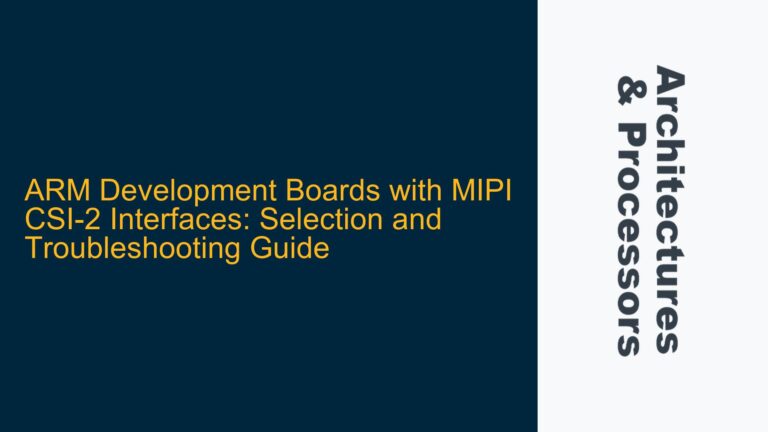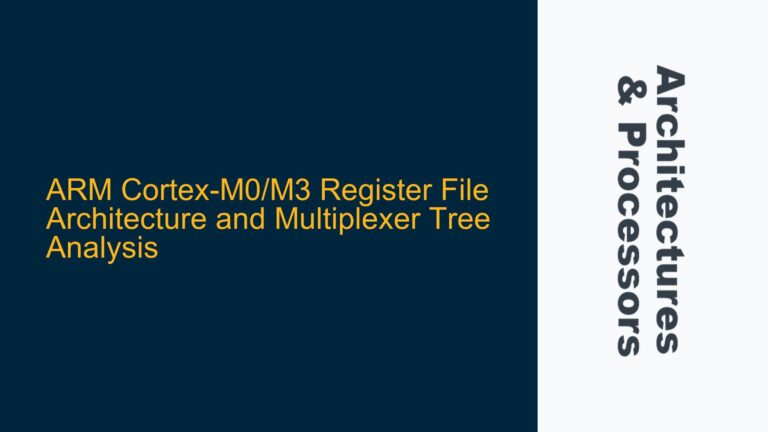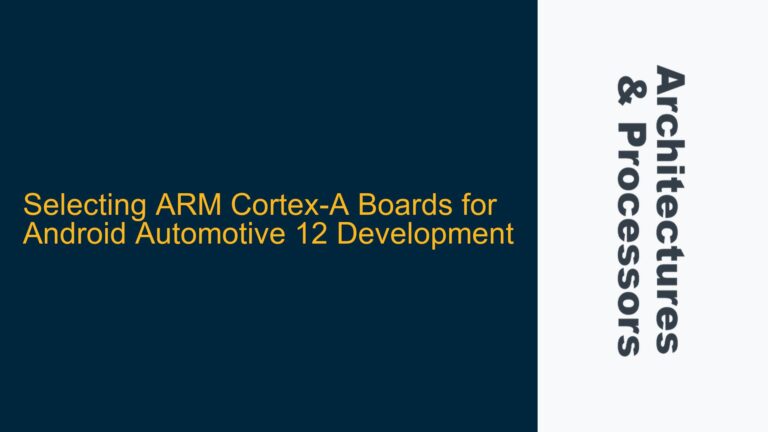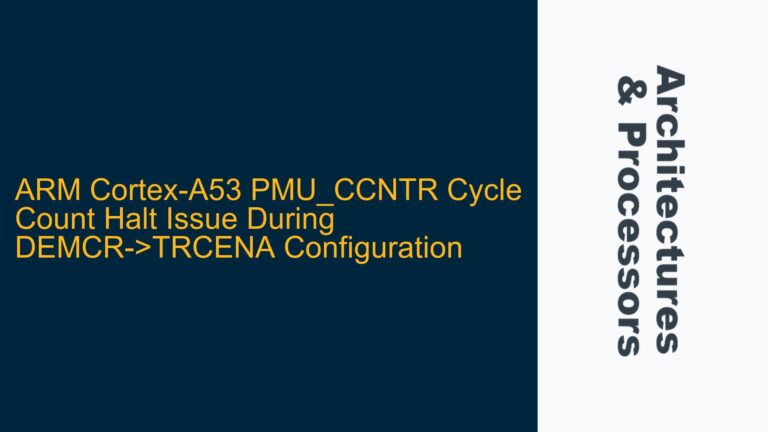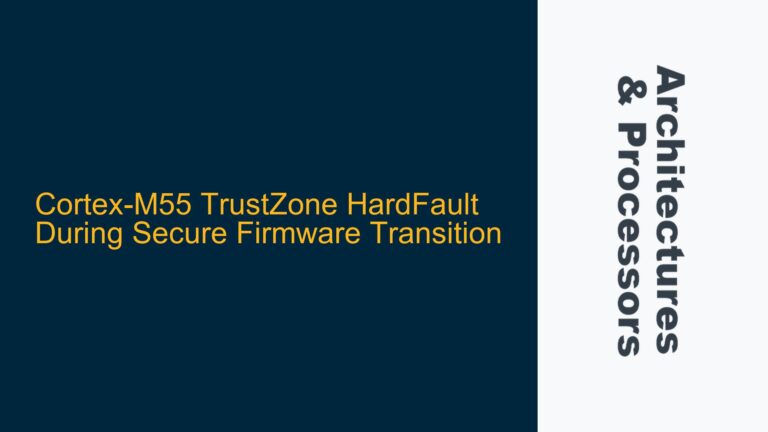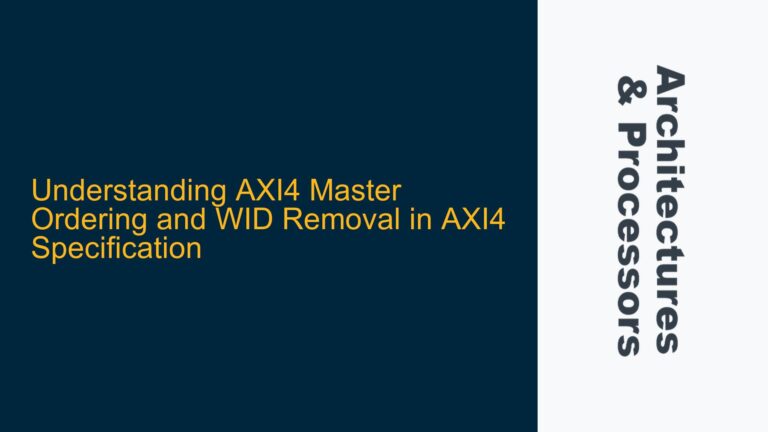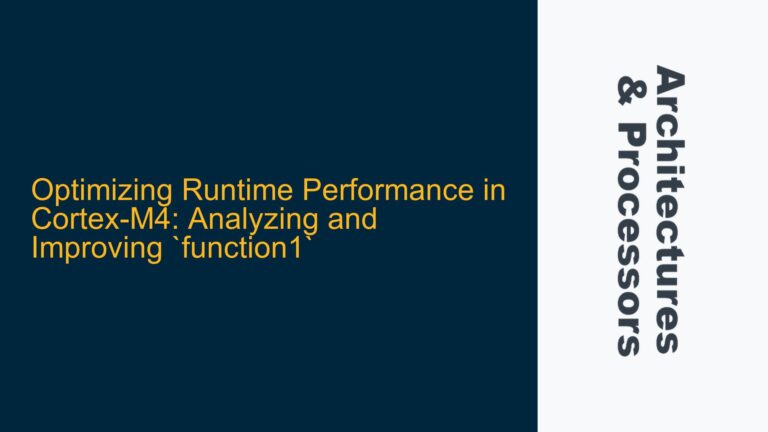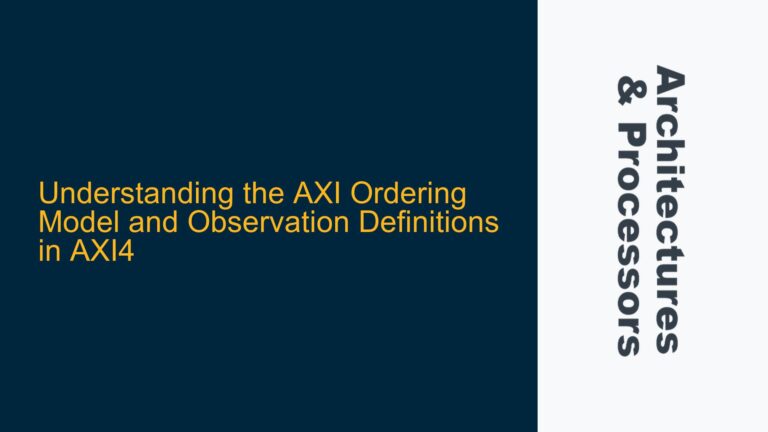ARM TrustZone Vulnerabilities to Physical Attacks: Analysis and Mitigation Strategies
ARM TrustZone’s Limited Resistance to Physical Attacks ARM TrustZone is a hardware-based security feature integrated into ARM processors, designed to create a secure environment for executing trusted applications and protecting sensitive data. TrustZone achieves this by partitioning the system into two worlds: the Secure World and the Normal World. The Secure World is isolated from…

